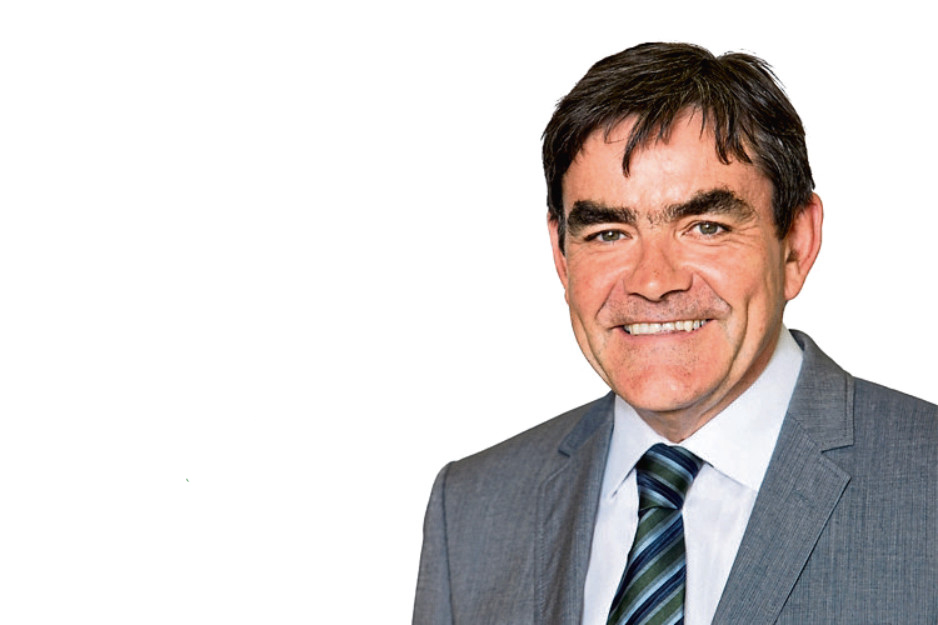
BALANCE is not something you find, it’s something you create, according to author and “big dream strategist” Jane Kingsford.
How very true, Jane.
But I would add that, to achieve some sort of equilibrium in life and a modicum of peace and tranquillity, balance is a state of being that you must really want to achieve.
Whether it’s personally, at home or at work, within a relationship or a marriage, in business or in politics, balance is a vital component to finding a solution that everyone can live with and be happy with.
As with Brexit, some things just cannot be sorted, especially when both sides are so entrenched.
But it’s not the fractious and divisive debate currently taking place over Brexit, and the lack of resolve being shown from all sides to find a balanced, agreeable solution that has my eyebrows raised.
Rather, it’s the news Glasgow City Council, on a recommendation from an independent Connectivity Commission chaired by transport expert, David Begg, is proposing to reconstitute the city centre by prioritising pedestrians and cyclists over cars.
They will overhaul the road network by replacing its current grid system with a “smart grid” that has more car-free streets, less parking and which separates modes of transport into a hierarchy that places walking at the top, followed by cycling, public transport, taxis and pool cars with private cars languishing at the bottom. And drivers working in the city will also have to pay a workplace parking levy.
Professor Begg argues Glasgow’s streets, particularly in the city centre, do not offer an experience worthy of a great European city, and these proposals would ensure that it became an attractive place to live, work, visit and invest while better connecting all its citizens.
Well-meaning proposals, no doubt, but they are out of kilter with many struggling businesses.
Unless a measured and balanced approach is taken, they could turn our dear green place into an empty, though well-paved, expensive void, filled with pedestrians and cyclists but with no shops or stores.
How is penalising drivers with a levy and reducing the number of parking places going to boost visitor numbers and set the tills ringing?
I am not totally against the proposals, but as they stand they seem to be just another punitive attack on car owners.
And that will only further impede rates-burdened businesses, buckling under the rise of online shopping and whose custom is in danger of being lost to suburban shopping malls.
These malls are soulless places, but parking is free and customers can fill their cars up with shopping bags without lugging them down the road to a bus stop.
To preserve the city, to encourage visitors and boost business then a better solution needs to be found.
One which encourages all forms of transport, not one that alienates Scotland’s most popular mode of transport, the car.
And, on balance, I think the car will be popular for decades to come.

Enjoy the convenience of having The Sunday Post delivered as a digital ePaper straight to your smartphone, tablet or computer.
Subscribe for only £5.49 a month and enjoy all the benefits of the printed paper as a digital replica.
Subscribe